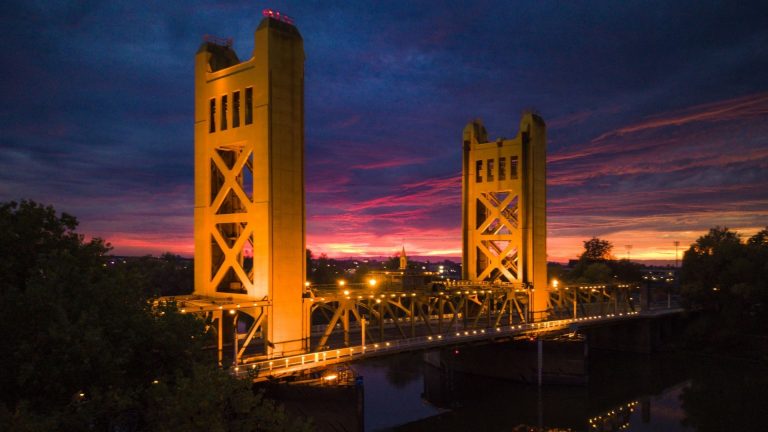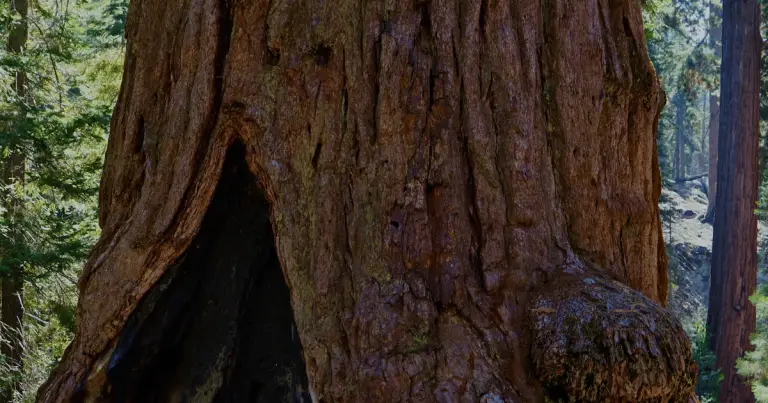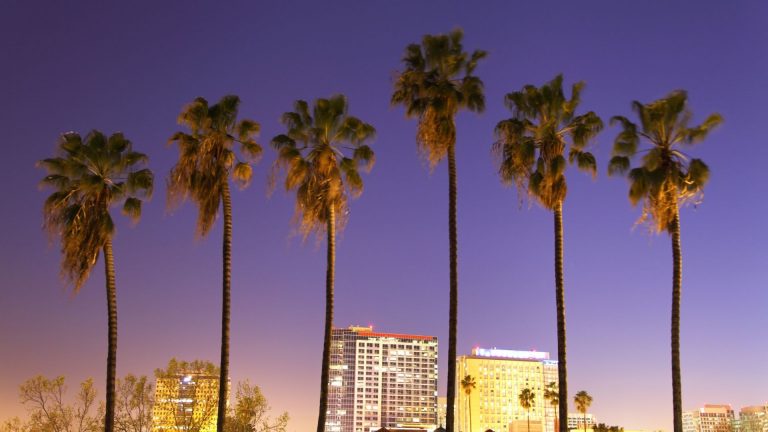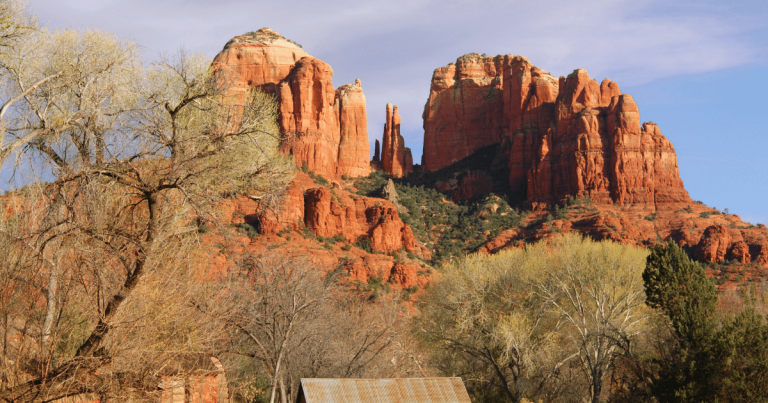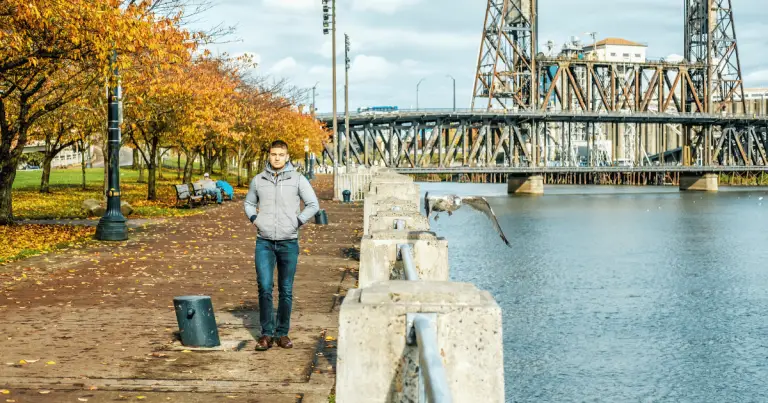Discover the Beauty of Little Gibbon Falls: A Natural Wonder
Do you love nature and wish to explore some of the most amazing waterfalls this land has to offer? Well, look no further than the Little Gibbon Falls! Little Gibbon Falls is one of the most magnificent waterfalls situated in the Yellowstone National Park.
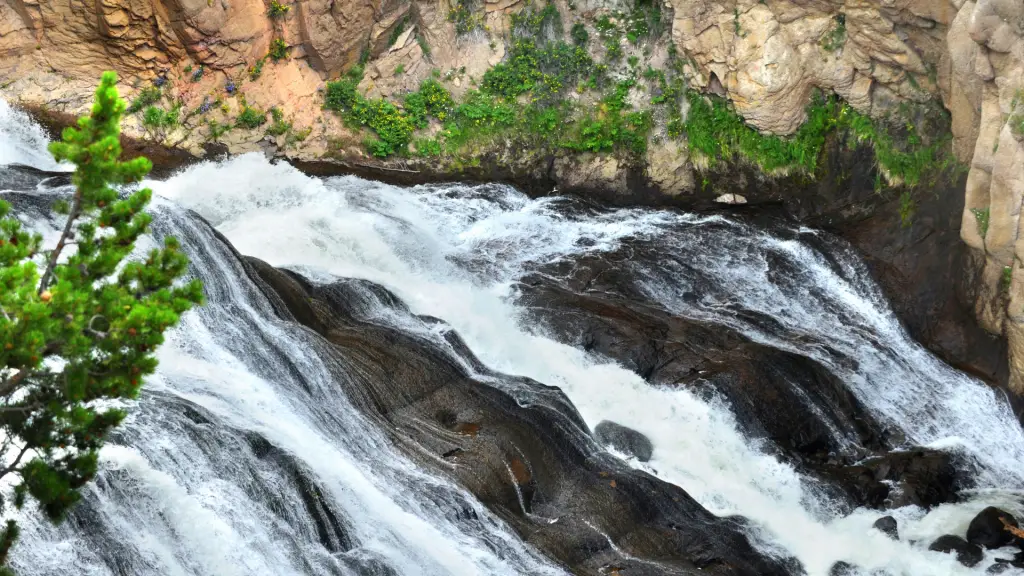
This serene waterfall provides visitors with an awe-inspiring sight that anyone who visits the park should behold.
Location
Little Gibbon Falls is situated within the stunning Yellowstone National Park, which is in the northwest corner of Wyoming with entrances in Montana and Idaho. The falls are in the Rocky Mountains and located close to Gibbon River, and thus the name Gibbon Falls. The falls are within the Upper Geyser Basin, located between Norris Geyser basin and Madison junction.
What Species You Can Encounter
The Yellowstone National Park is renowned worldwide for its vast wildlife, and Little Gibbon Falls offers an excellent opportunity to experience some of the park’s greatest treasures. As you visit the falls, be prepared to see various wildlife species like American elk, buffaloes, and the endangered gray wolf. You can also catch glimpses of the bald eagle and the elusive river otter.
Hiking Trails
Visitors can explore the falls through two trails in the Yellowstone National Park. One of them is a 1-mile loop trail, which starts from River fire Drive and ends at Gibbon Falls overlook point. The other trail is a 4.2 mile (6.76 km) out and back hike that explores both Gibbon Canyon and Little Gibbon Falls.
What to Expect
Standing at almost 84 feet (25.6 m), Little Gibbon Falls is a magnificent sight to see. The roar of the water cascading into the Gibbon River below is enough to fill you with awe and wonder in nature’s greatness. There are paved walkways along the falls, which offer outstanding views of the cascading water during your visit. You can also take pictures of the falls from various strategic spots.
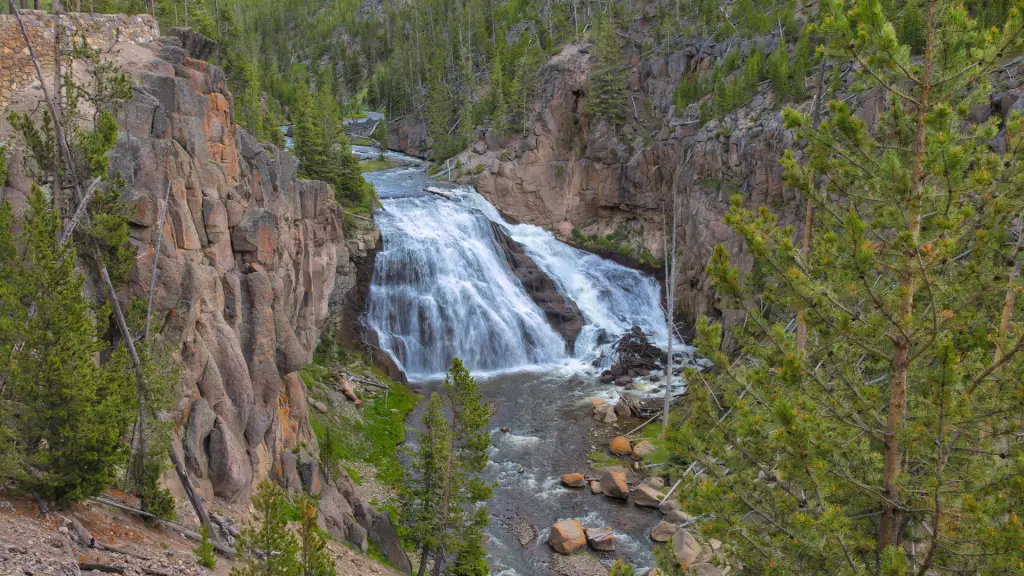
Parking
Access to the visitor’s parking area is from the Grand Loop road that leads to various parts of the park. The parking lot at Little Gibbon Falls is well-marked and easily accessed, allowing you to park your vehicle with ease.
Interesting Facts
Little Gibbon Falls’ water is sourced from the above thermal areas that are said to have dissolved the rhyolitic rock, which causes the water to have the beautiful, milky color that is often observed. Additionally, the Gibbon River has formed the falls over thousands of years, and with its constant erosion, its course has changed over time.
Popular Inquiries about the Little Gibbon falls
What precautions should we consider before going to the Little Gibbon falls?
Before visiting Little Gibbon Falls, it’s crucial to consider safety precautions to ensure your journey is both enjoyable and secure. Always adhere to park guidelines, which include maintaining proper distance from wildlife for your safety and theirs. Remember that Yellowstone National Park is their habitat. Be prepared to respect road rules, trail signs, and closures. Given the area’s fluctuating weather patterns, dressing in layers and carrying rain gear is highly recommended. Also, due to high elevation, ensure you stay hydrated and protect yourself from sun exposure. Lastly, as with any wilderness area, it’s wise to inform someone of your plans and expected return time.
Is it possible to swim in the Little Gibbon falls?
Swimming in Little Gibbon falls is not recommended nor allowed. While the waterfall’s beauty might be tempting, the water’s powerful force can prove to be dangerous. Additionally, the park’s regulations prohibit swimming at the falls to preserve the natural environment and ensure the safety of visitors. It’s always important to respect these rules when visiting natural landmarks like Little Gibbon Falls.
What is the best season to visit the Little Gibbon falls?
The best season to visit Little Gibbon Falls depends on what you hope to experience. Each season offers a unique perspective of the falls and its surrounding wildlife. Spring and early summer, typically from May to July, are the best times to witness the falls at their most powerful, as snowmelt increases the water volume. Fall, from September to October, offers a less crowded experience and beautiful autumn foliage. However, winters can be harsh in Yellowstone, making it challenging to access the falls. Always check the park’s website for current conditions and accessibility before planning your visit.
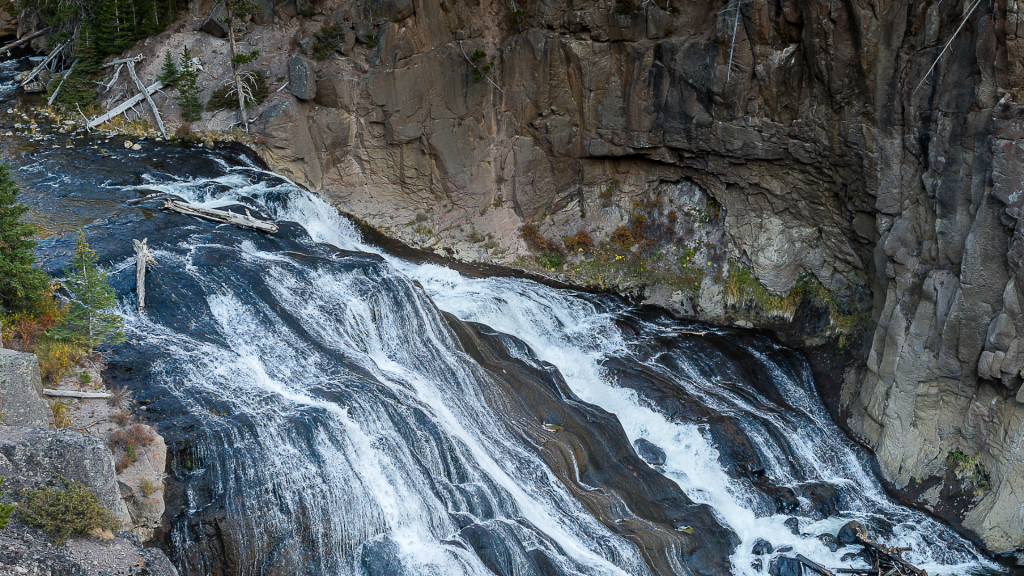
Conclusion
In conclusion, if you are a nature lover who would like to visit one of the most beautiful waterfalls in Yellowstone National Park, then a trip to the Little Gibbon Falls is an excellent choice. With its serene beauty and great location, Little Gibbon Falls offers visitors a chance to appreciate nature’s magnificence while experiencing the park’s renowned wildlife.

